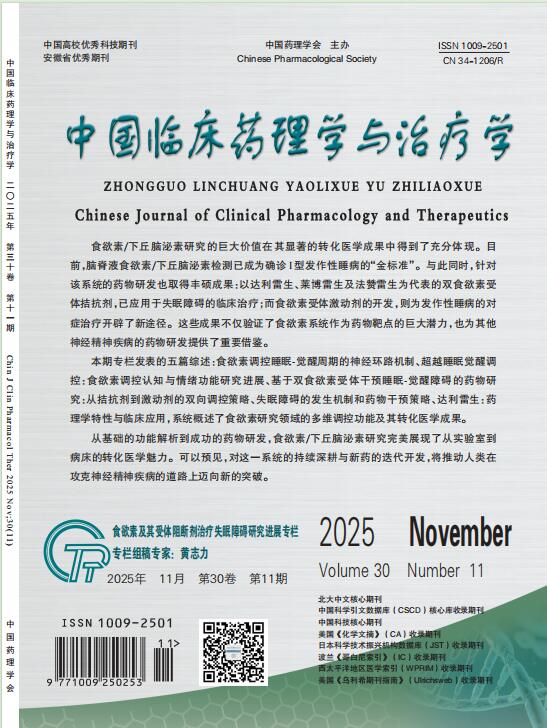Analysis on mechanism of frankincense volatile oil in prevention and treatment of cardiac hypertrophy based on in vitro cell experiment and network pharmacology
XIE Mengdie, WANG Chenchen, LI Bingtao, OUYANG Changsheng, QIU Yumei, LI Hongming, TU Jun, SHANG Guangbin, TANG Xilan
2022, 27(3):
241-252.
doi:10.12092/j.issn.1009-2501.2022.03.001
 Asbtract
(
494 )
Asbtract
(
494 )
 PDF (13153KB)
(
124
)
Related Articles |
Metrics
PDF (13153KB)
(
124
)
Related Articles |
Metrics
AIM: To explore the potential mechanism of frankincense volatile oil in the prevention and treatment of cardiac hypertrophy based on in vitro cell experiment and network pharmacology. METHODS: The anti-hypertrophic effect of frankincense volatile oil was investigated by isoproterenol induced H9c2 cardiomyocytes hypertrophy model. The active chemical components and targets of frankincense volatile oil and targets associated with cardiac hypertrophy were obtained by CNKI, Pubmed, Pubchem databases, etc. String database and Cytoscape 3.8.0 software were used to construct protein-protein interaction network (PPI) and a network of "drug-active component-key target-disease" of frankincense volatile oil in order to screen the key targets of frankincense volatile oil against cardiac hypertrophy. The fluorescent quantitative PCR experiments were performed to verify those key targets. Gene Ontology (GO) enrichment analysis and Kyoto Encyclopedia of Genes and Genomes (KEGG) pathway annotation analysis of key target genes were performed using David online analysis tool.RESULTS: In vitro cell experiments showed that frankincense volatile oil significantly inhibited the isoproterenol induced increases in cardiomyocytes surface area and protein synthesis, and upregulations of ANP and β-MHC mRNA. A total of 87 active components and 36 ingredient-disease targets of frankincense volatile oil were screened. Network analysis showed that ESR1, NOS3, PTGS2, TNF, MAPK14, and PPARG were key targets. Fluorescence quantitative PCR experiments results indicated that frankincense volatile oil inhibited isoproterenol induced upregulations of ESR1, PTGS2, TNF, and MAPK14 mRNA levels, and downregulations of NOS3, PPARG mRNA levels, respectively. In addition, the GO functional enrichment analysis showed that its biological pathways mainly included lipopolysaccharide-mediated signaling pathway, positive regulation of nitric oxide biosynthetic process, caveola, enzyme binding, etc. The KEGG pathway enrichment analysis included 22 KEGG pathways, which were closely related to VEGF signaling pathway, TNF signaling pathway, sphingolipid signaling pathway and others. CONCLUSION: The active components of frankincense volatile oil may regulate VEGF signaling pathway, TNF signaling pathway, Sphingolipid signaling pathway by acting on ESR1, NOS3, PTGS2, TNF, MAPK14 and PPARG targets, thereby affecting the regulation of lipopolysaccharide-mediated signaling pathway, positive regulation of nitric oxide biosynthetic process, caveola, and enzyme binding, and improving cardiac hypertrophy.


